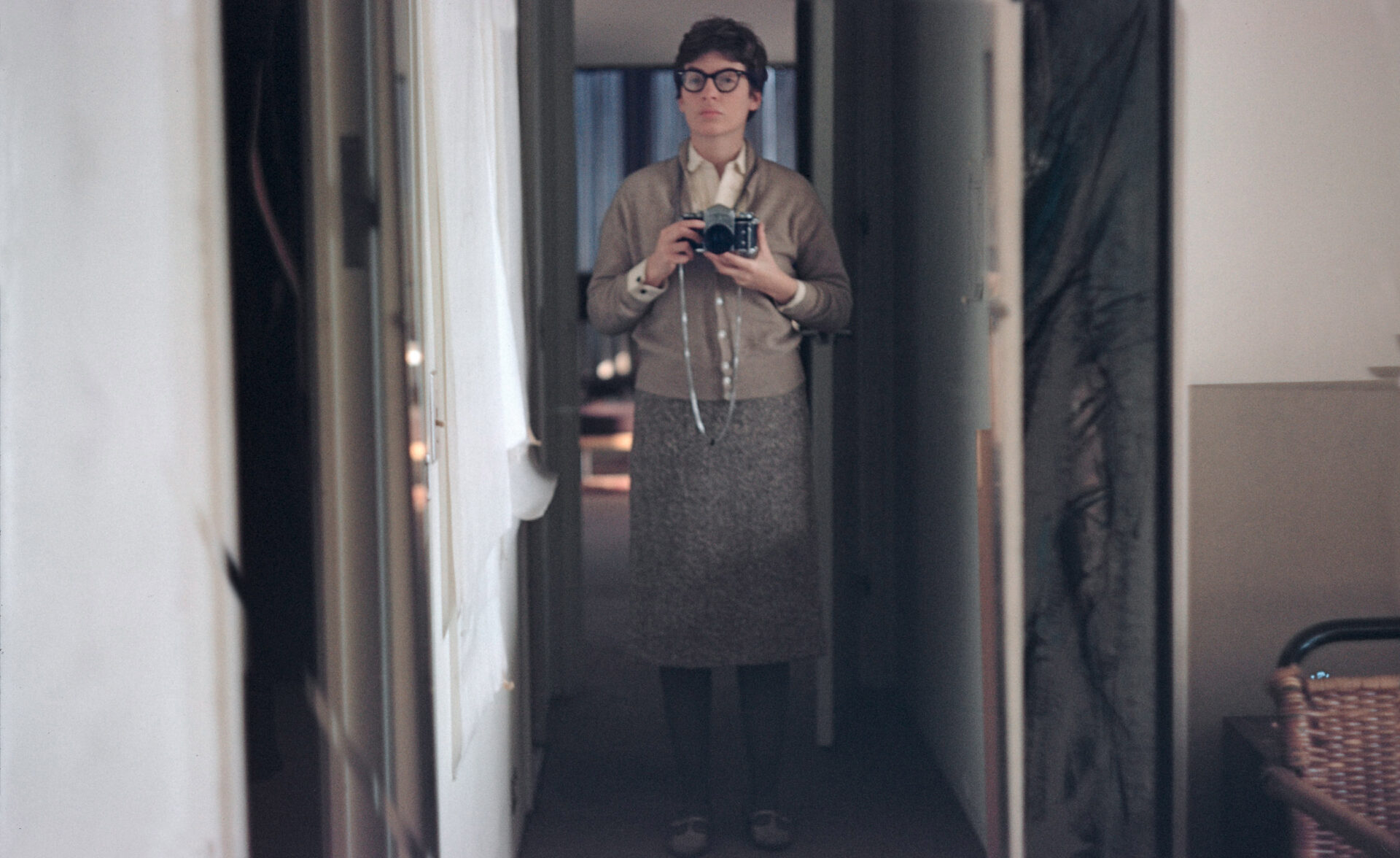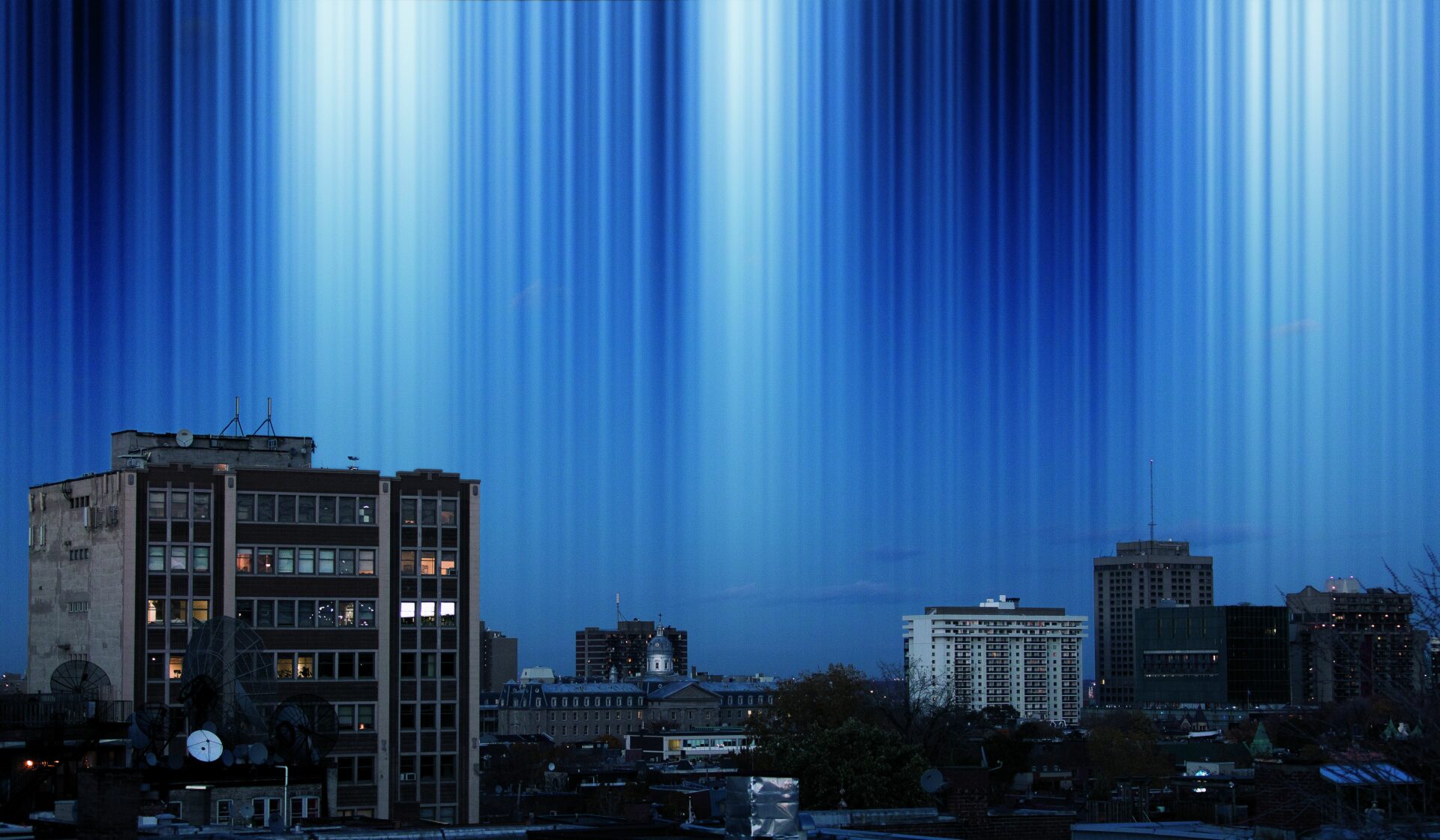
Photo: courtesy of the artist
Esse is pleased to publish this exclusive conversation between Adad Hannah and Phyllis Lambert for the exhibition Observation—Phyllis Lambert, on view until May 20 at Pierre-François Ouellette art contemporain. The exhibition includes photographs from Lambert’s latest book, Observation Is a Constant That Underlies All Approaches (Zurich: Lars Müller Publishers), which provides a record of her photographic wanderings ranging from the 1950s, when she used black-and-white 35 mm film, to her latest images, taken with her cell phone and published on her Instagram account.
Phyllis Lambert : You took what, seventy or sixty-nine photographs from the book? And in the book they are paired, but you organized it in a different way. It was a different medium. How did you think about how you wanted to put things together?
